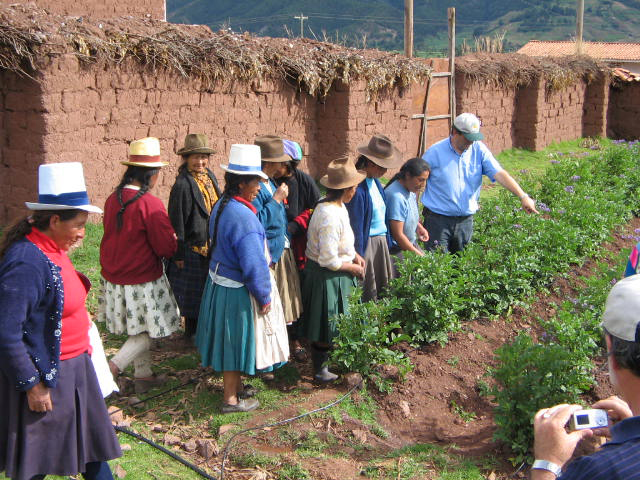Netafim in the field. Photo courtesy Netafim
Nearly 70 percent of our planet’s fresh water goes toward farming and the cultivation of crops. Drip irrigation—the careful meting out of water to feed plants—is a way of using water more efficiently: directly nurturing crops without wasting a drop. Although the notion of drip irrigation is regularly associated with Israel, its roots run wide. And it is not a new concept: centuries ago, buried clay pots were filled with water, which would gradually seep into the surrounding earth and irrigate plant life. Modern drip irrigation was initiated in Afghanistan in the nineteenth century, when researchers experimented with using clay pipes to create underground systems that combined irrigation and drainage. Further developments were made in the early twentieth century in the United States and Germany, and after World War II Australian inventor Hannis Thill came up with the idea of using plastic piping to hold and distribute water.
“Drip irrigation is a way of using water more efficiently: directly nurturing crops without wasting a drop.”
The idea was moved forward in Israel by Simcha Blass, inventor of an efficient plastic emitter, or “dripper”—now, instead of being released through holes that can easily be blocked by tiny particles, water is transmitted through larger and longer passageways and can be carefully regulated. In 1965, at Kibbutz Hatzerim near Be’er Sheva, a group of young idealists founded Netafim. They worked with Blass to develop and patent the first surface drip-irrigation emitter, which is now used around the world.
Learn more from Naty Barak, Netafim’s Chief of Sustainability, about Israel’s role in launching an irrigation technology that has revolutionized agriculture around the world.
Netafim in the field. Photo courtesy Netafim







